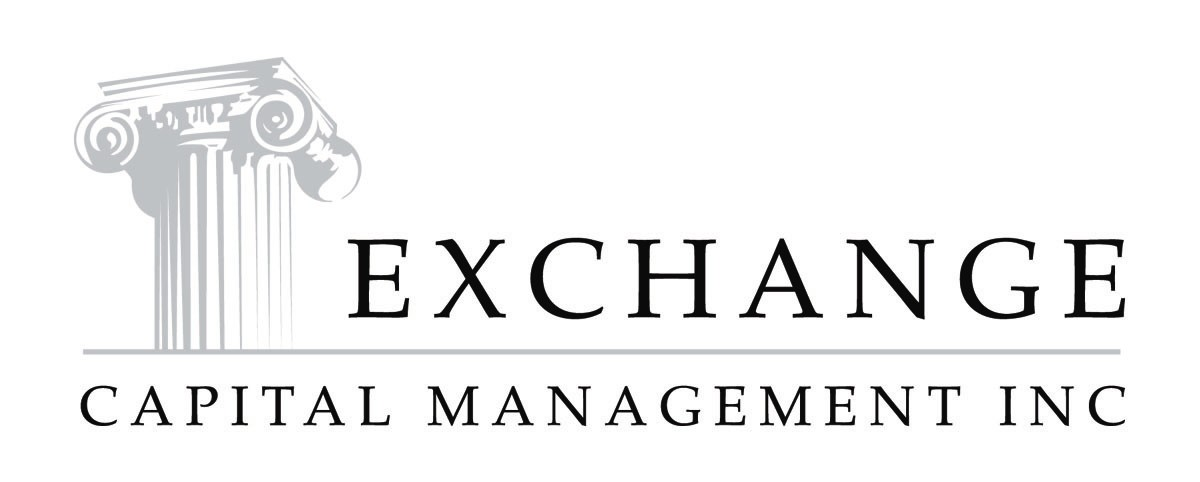Thigh Masters, Bowflexs, & Robo-Advisors

A lot’s been written lately about the proliferation of so called “Robo-Advisors” and whether or not the availability of inexpensive cloud-based investment advice that relies heavily on computer algorithms spells the end for traditional brick and mortar investment advisors. It’s a fair question.
Digital advice offerings from more recently formed registered investment advisors like Betterment, WealthFront, LearnVest, and FutureAdvisor have joined the ranks of more senior portals like Financial Engines and SigFig. Even the more established players like Charles Schwab, Fidelity, and Vanguard are rushing to get new digitally assisted advice offerings out into the ether. To be honest, most of the diagnostic tools and features these sites display are not only visually impressive, they are grounded in rigorous and time tested investment theory. We’re talking Nobel laureate grade academic credentials. Saints be praised! Financial security and true peace of mind is finally just around the corner. All this for the low, low price of $9.99 per month!
So why can’t I help thinking the promise of an easy 1-2-3 path towards that chiseled financial physique is going to end like so many Thigh Masters and Bowflexs gathering dust in the basement?
In theory, a 35 year old Gen X investor that’s been working since age 22 could have saved $175,000* in a 401(k) plan. Similarly, a 55 year old Baby Boomer could have saved $475,000*. If you think these figures are stratospherically high, you probably won’t be cheered to learn they don’t include ANY market appreciation. Factor in a modest 3 1/2% compound rate of return and those balances balloon to $212,000 and $860,000 respectively.
*Assumes $5,000 401(k) savings for the first 2 years of employment and $15,000 /yr thereafter.
Yet according to 2013 estimates published by Vanguard and Fidelity, the average 401(k) balance for Gen X investors between the ages of 35 and 48 is approximately $63,600 while the average balance for Baby Boomers between the ages of 50 and 67 is just $126,900. That’s quite a gap between theory and reality. More importantly, it’s quite a gap between what’s been saved and what will be needed in retirement. Undoubtedly financial planners will have their work cut out for the foreseeable future.
While nearly all of the new digitally assisted advice purveyors claim to provide custom financial plans and personal attention, the key to success still hinges on clients logging in to a website or a smartphone app and initiating contact with their personal advisor in some distant call center. That may work just fine for the first year…maybe even two. But when the market suffers its’ next major break (as it most certainly will), initial enthusiasm is likely to wane as many of the Robo-Advisor converts regress to the same old defective savings and planning habits. Like so many other resolutions, when faced with a choice between cheesecake and the thigh master, six weeks into the program the best of intentions generally buckle under stress.
The last time there was significant indigestion in the financial markets, a large number of investors couldn’t face the prospect of even opening their 401(k) statements. When the current bull market run inevitably falters and investor confidence gets nicked and bruised, how likely is it that these same folks will pickup the phone and wade through a series of call center menu choices in the hopes the friendly Robo-Advisor they spoke to last time is available? Or even still there.
So will Robo-Advisors displace more traditional investment advisors and financial planners? It’s hard to say. As a financial analyst, I’m trained to be a skeptic. While it would be intellectually dishonest not to at least acknowledge that Robo-Advisors represent a potential disruption to the status quo in which I have a vested interest, it’s simply way too early to tell if digitally assisted investment advising is even a sustainable business model much less a revolutionary financial planning service delivery model.
Michael Reid, CFA is a Managing Director and Partner at Exchange Capital Management. The opinions expressed in this article are his own.
Comments
Market Knowledge
Read the Blog
Gather insight from some of the industry's top thought leaders on Exchange Capital's team.
Exchange Capital Management, Inc.
110 Miller Ave. First Floor
Ann Arbor, MI 48104
(734) 761-6500
info@exchangecapital.com




